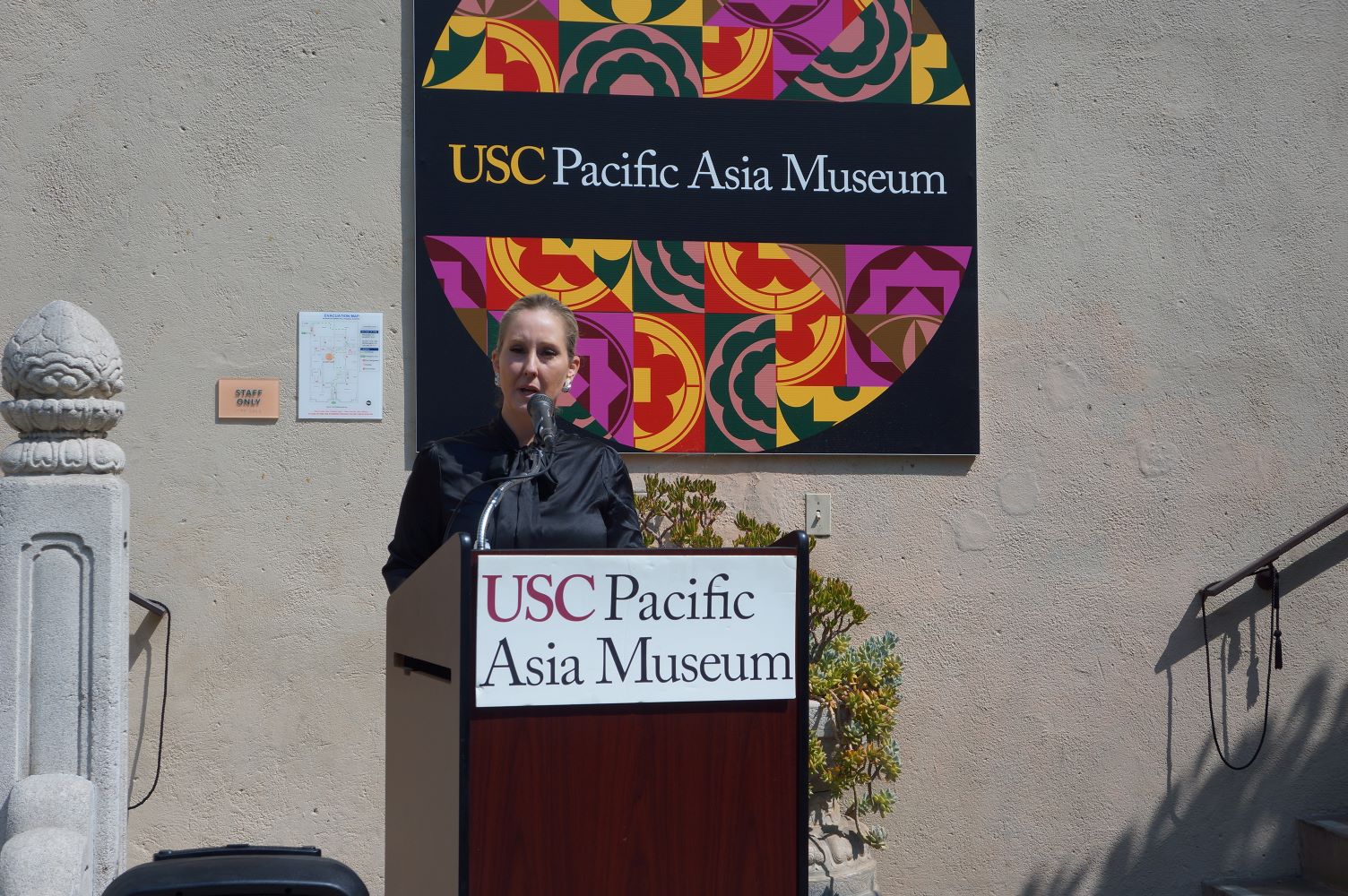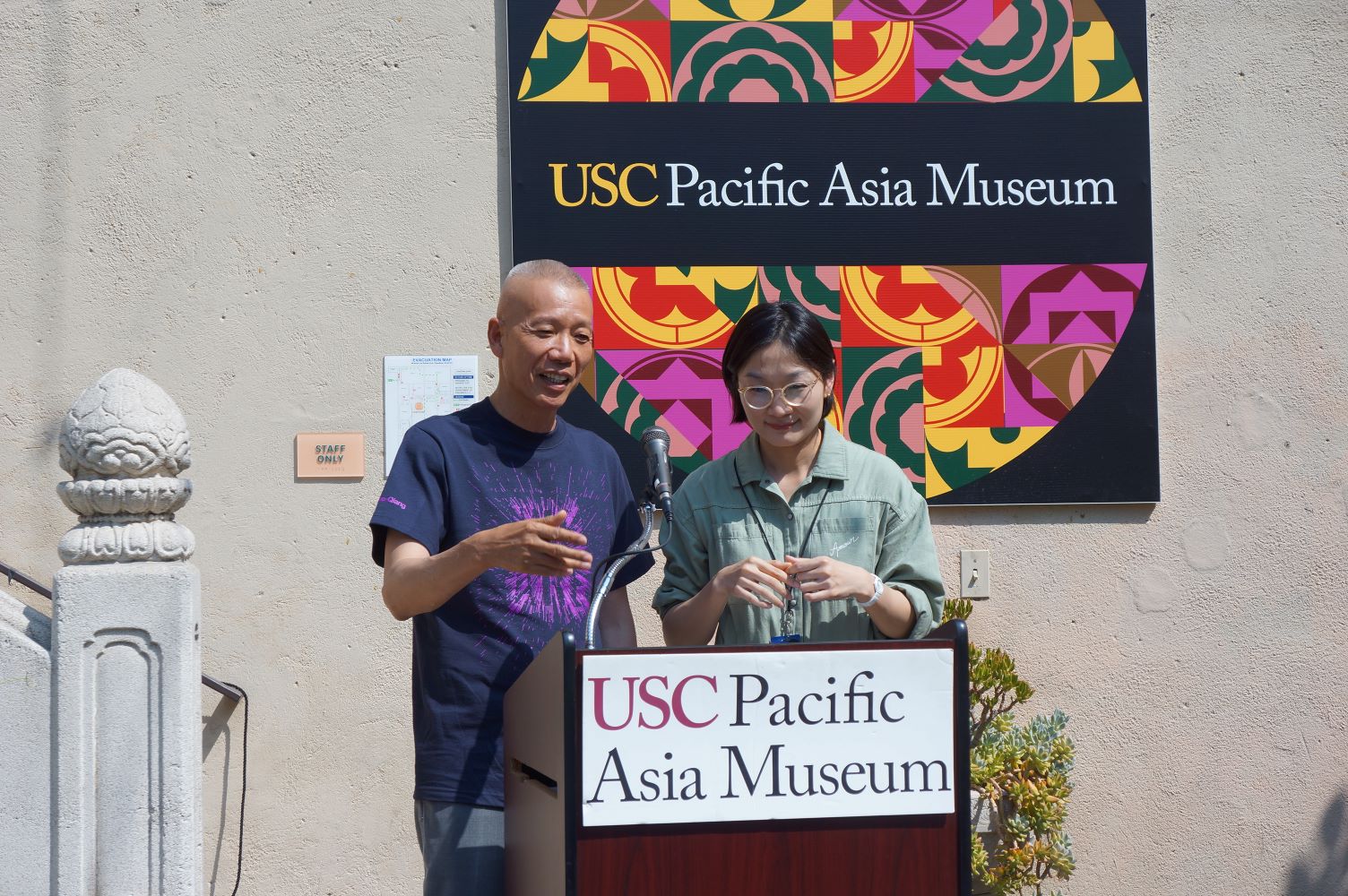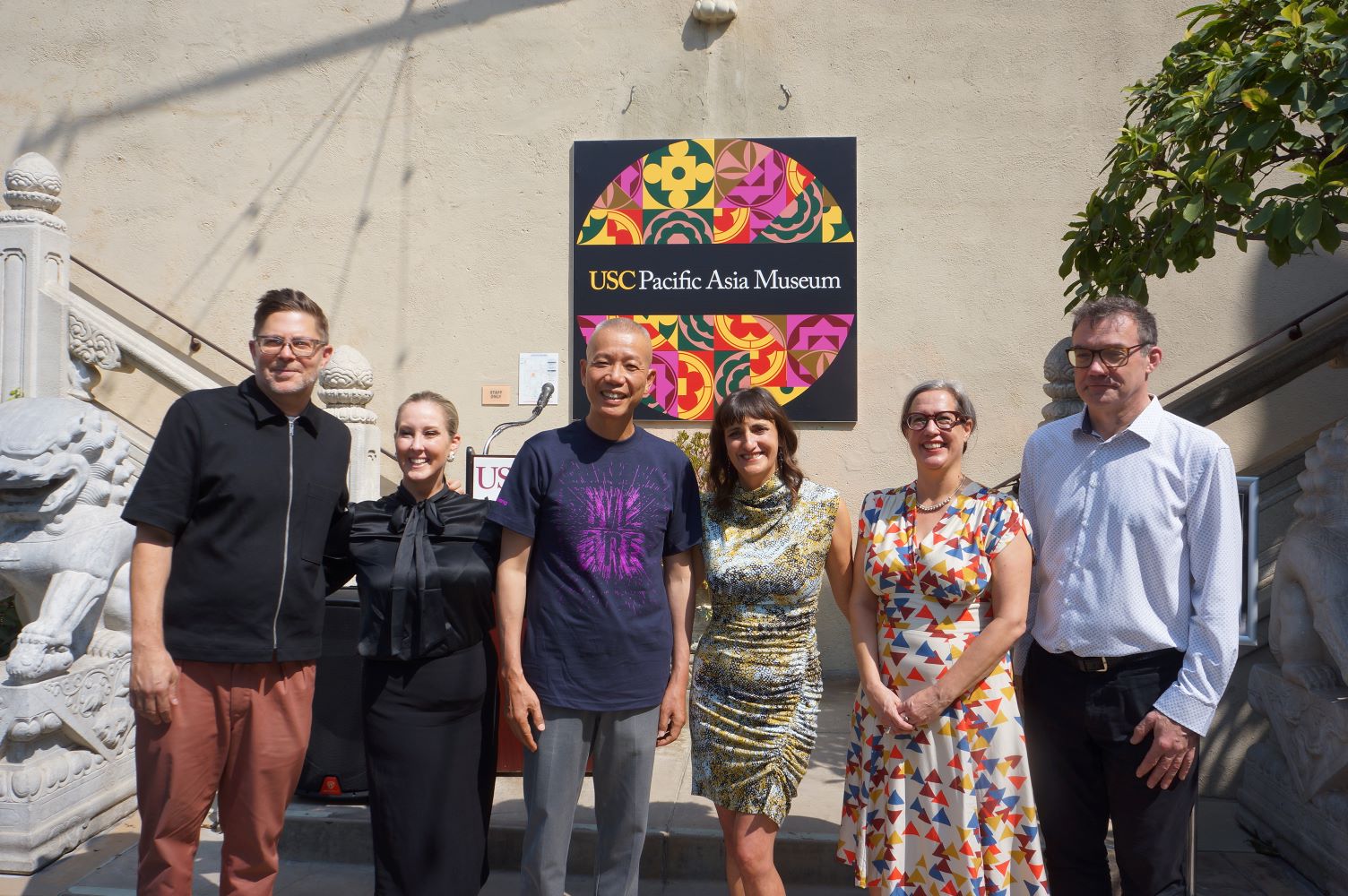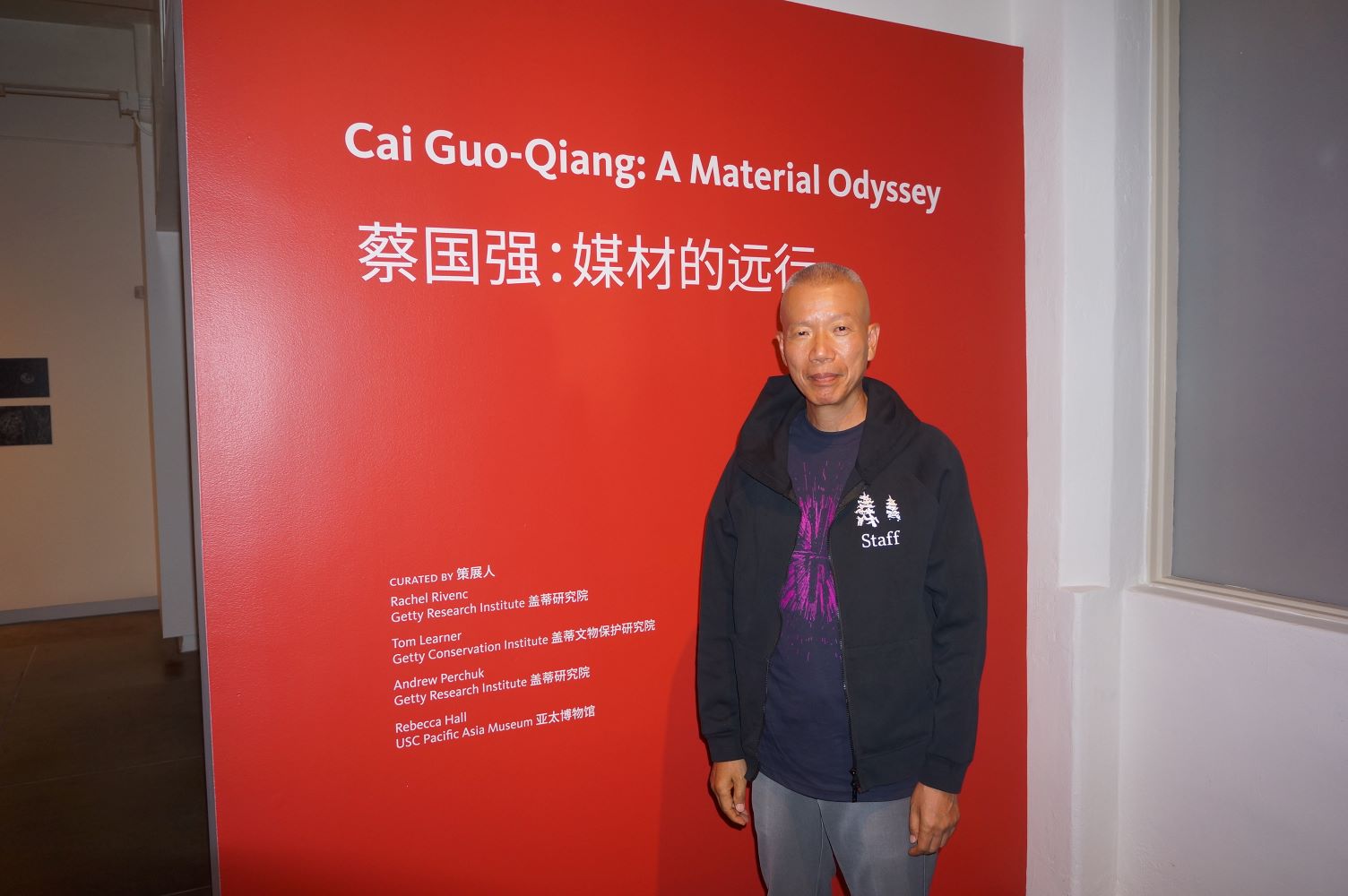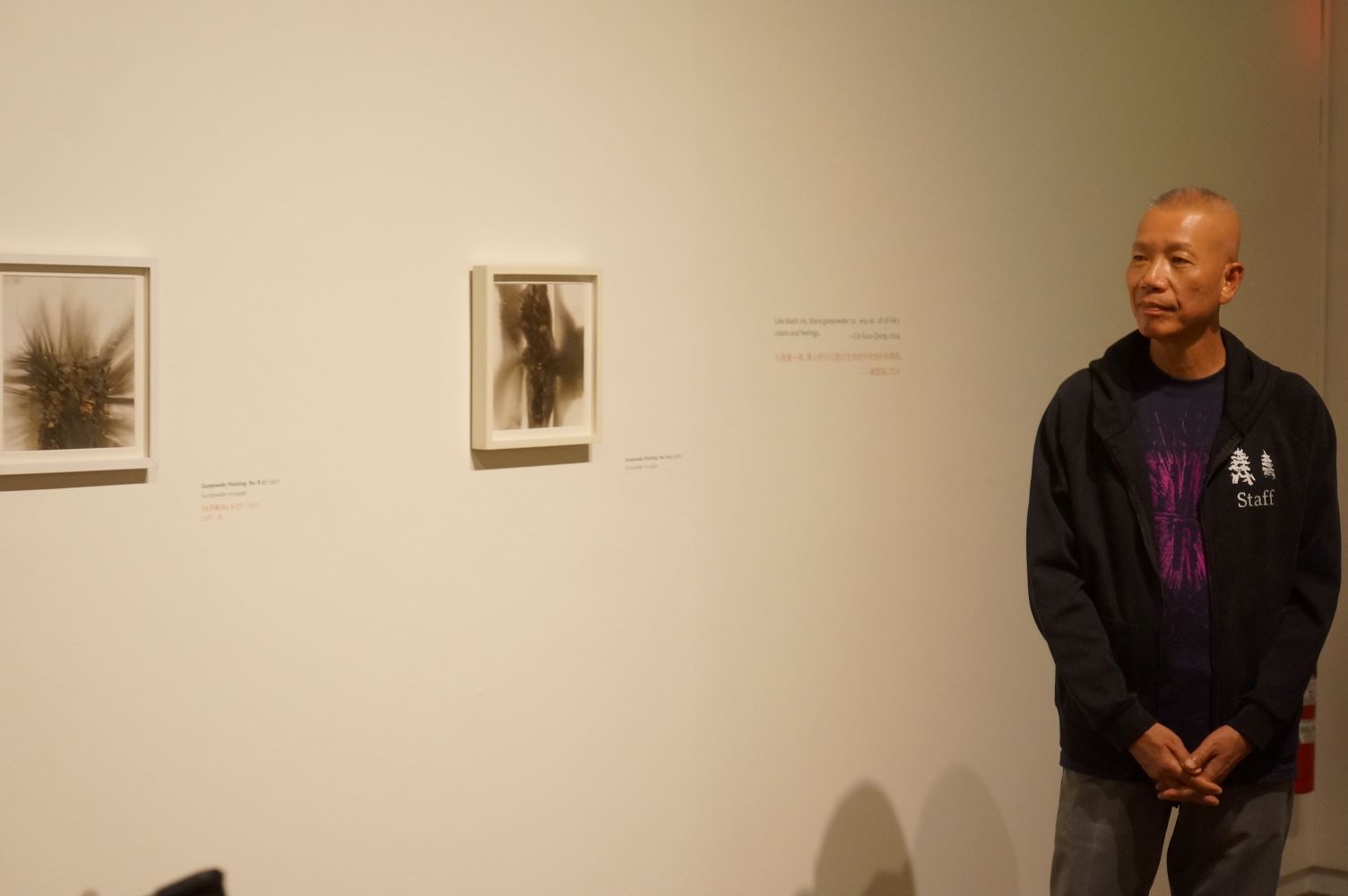USC Pacific Asia Museum Unveils “Cai Guo-Qiang: A Material Odyssey” in Groundbreaking Collaboration with Getty
Exhibition Explores World-Renowned Artist Cai Guo-Qiang’s Work Through the Lens of Scientific Research by Getty, as Part of PST ART: Art & Science Collide
On View September 17, 2024 – June 15, 2025
Pasadena, Calif. September 13, 2024 (LAPost) – – The USC Pacific Asia Museum (USC PAM) is proud to announce Cai Guo-Qiang: A Material Odyssey, an exhibition that delves into the acclaimed contemporary artist’s four-decade-long exploration of gunpowder and pyrotechnics. The exhibition, running from September 17, 2024, to June 15, 2025, is based on extensive scientific research conducted by the Getty and features a comprehensive display of Cai’s iconic gunpowder paintings, drawings, and related scientific studies.
The exhibition accompanies Cai’s new commission by Getty, WE ARE: Explosion Event for PST ART, a breathtaking daytime fireworks performance set to take place on September 15, 2024, at the historic Los Angeles Memorial Coliseum. The performance, incorporating aerial drones and AI technology, launches PST ART’s latest theme, Art & Science Collide. Cai choreographed the event in collaboration with his custom AI model, cAI™, blending AI, data science, and the cosmos into a spectacular visual experience.
Dr. Bethany Montagano (Photo by: Richard Ren/LAPost)
Dr. Bethany Montagano, Director of USC Museums, shared her excitement: “Cai Guo-Qiang’s innovative work, especially in collaboration with AI, reflects the cutting-edge research and creativity we champion at USC. We are thrilled to host A Material Odyssey, which perfectly aligns with this year’s theme of Art & Science Collide.”
Josh Kun, USC’s vice provost for the arts (Photo by: Richard Ren/LAPost)
Cai’s journey with gunpowder as a medium stretches back over 40 years. This material, originally invented in China over a millennium ago, represents the bridge between the visible and invisible worlds in his work. His creative process with gunpowder is defined by its unpredictable nature, lending his works a dynamic, ever-changing quality.
Cai Guo-Qiang (Photo by: Richard Ren/LAPost)
The Getty’s multi-year interdisciplinary research into Cai’s use of gunpowder culminated in this exhibition. The study, which utilized scientific techniques, oral histories, and archival research, delves into the evolution of Cai’s practice and the conservation challenges his works present. The findings, including an analysis of the compounds and pigments in Cai’s pyrotechnic powders, will be featured in the Getty Conservation Institute’s The Artist’s Materials series.
(Photo by: Richard Ren/LAPost)
Rachel Rivenc, Head of Conservation at Getty Research Institute and lead curator of the exhibition, noted: “Cai’s embrace of gunpowder as a medium is a way for him to relinquish control over his artistic process. Understanding the materials and their inherent unpredictability is key to gaining deeper insights into his work.”
In A Material Odyssey, visitors will embark on an educational journey, exploring the intersection of art and science in Cai’s work. The exhibition highlights both his early experimentation with pyrotechnics, including pieces like Shadow: Pray for Protection (1985-86), and his more recent explorations of AI. A dedicated gallery will showcase Cai’s groundbreaking collaboration with cAI™, his custom AI model, which generates unique personas inspired by historical and contemporary figures.
The exhibition also features highlights from USC PAM’s collection of over 15,000 objects spanning 4,000 years, with pieces that offer insights into the rich cultural and historical context of the museum’s holdings. Notable items include four Shang Dynasty oracle bones, which provide a glimpse into early Chinese writing and the concerns of the ancient Shang elite.
Cai Guo-Qiang (Photo by: Richard Ren/LAPost)
USC PAM curator Rebecca Hall remarked, “Cai Guo-Qiang’s work, with its bold use of gunpowder and its connection to both ancient and modern traditions, resonates deeply with the mission of our museum. It’s a powerful reminder that as we explore new frontiers in art and science, we remain in constant dialogue with the past.”
In addition to Cai’s two-dimensional works and scientific imagery, the exhibition will include videos documenting the creation of his fireworks displays and gunpowder art. Dynamic public programs, including film screenings, workshops, and discussions, will also be held throughout the exhibition.
(Photo by: Richard Ren/LAPost)
A Material Odyssey first debuted in 2020 as a small display within Cai’s solo exhibition Odyssey and Homecoming at Beijing’s Palace Museum. After touring Shanghai’s Museum of Art Pudong in 2021, the exhibition now arrives at USC PAM in a much-expanded version. Curated by Rachel Rivenc, Tom Learner of the Getty Conservation Institute, Andrew Perchuk of Getty Research Institute, and Rebecca Hall of USC Pacific Asia Museum, this exhibition is poised to offer a transformative look into the convergence of art, science, and the work of Cai Guo-Qiang. (By: Richard Ren/LAPost)

